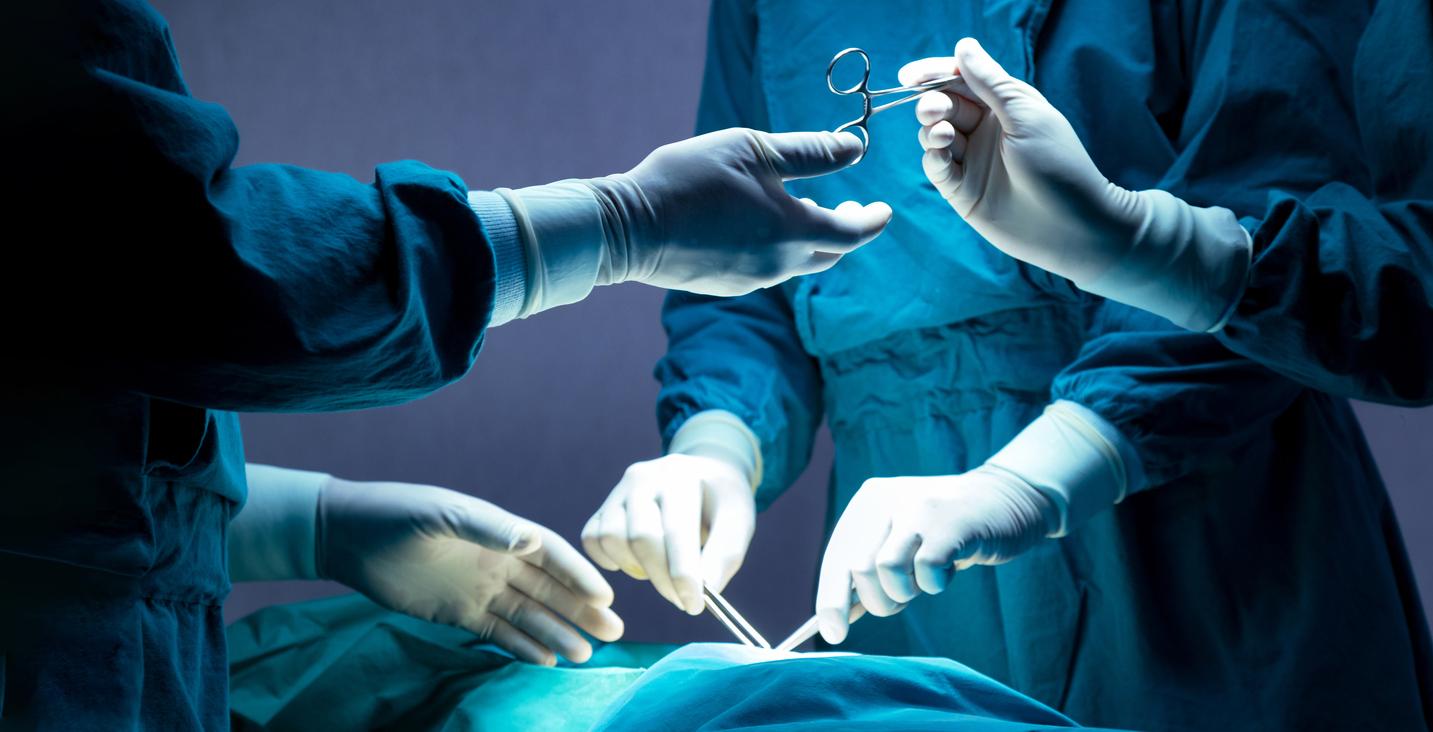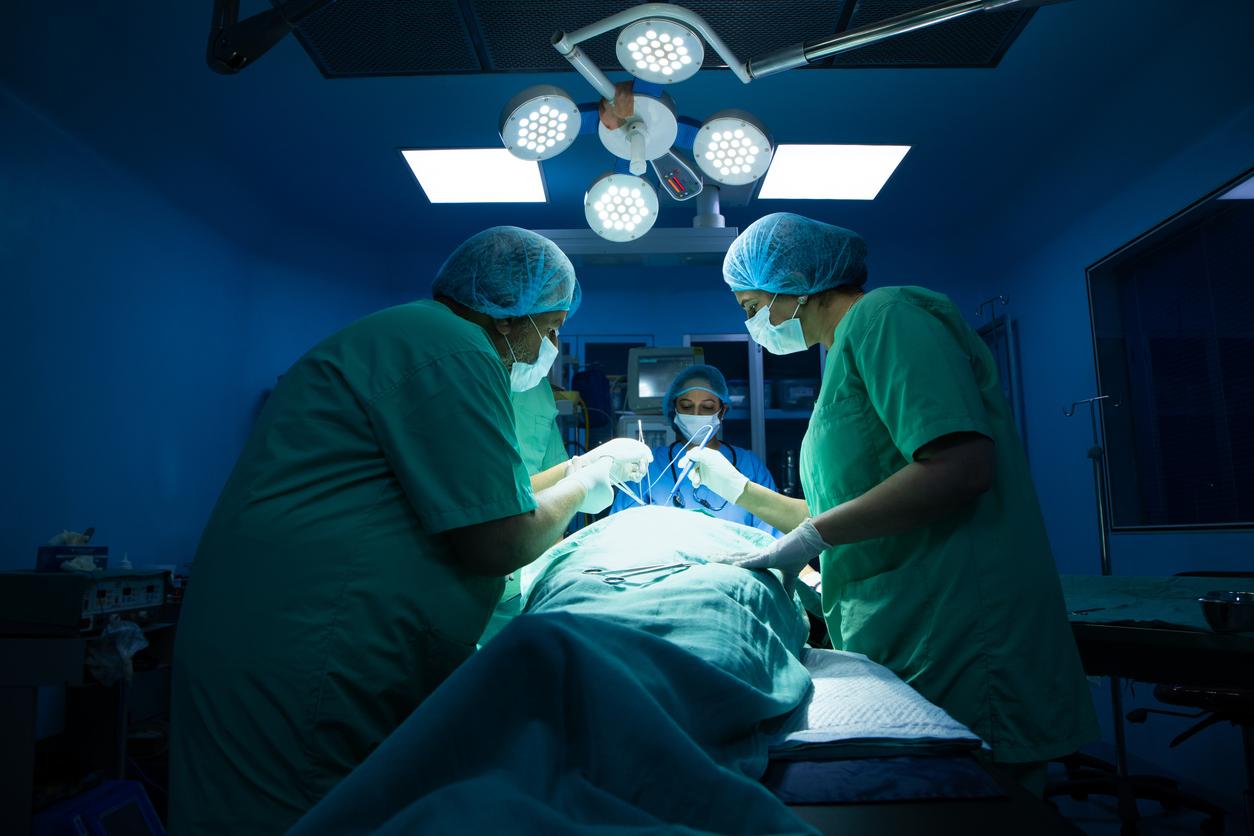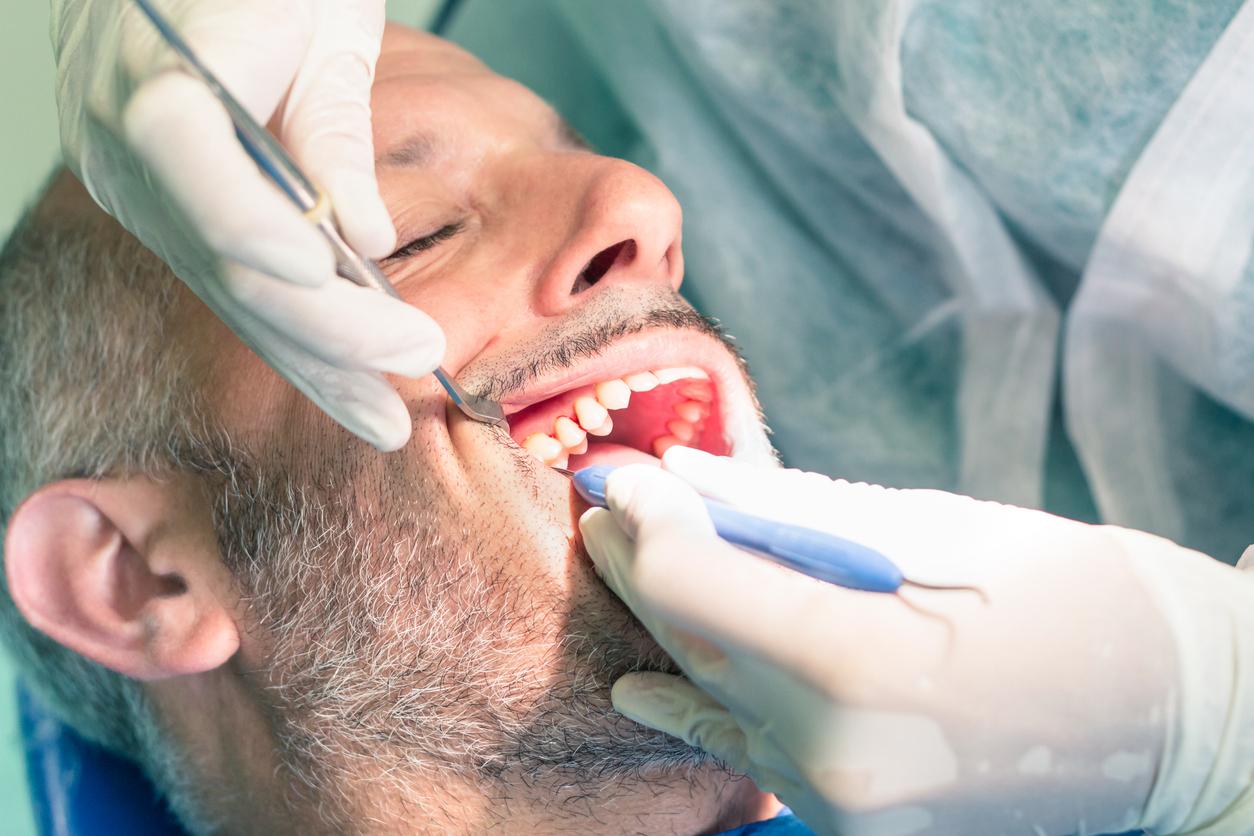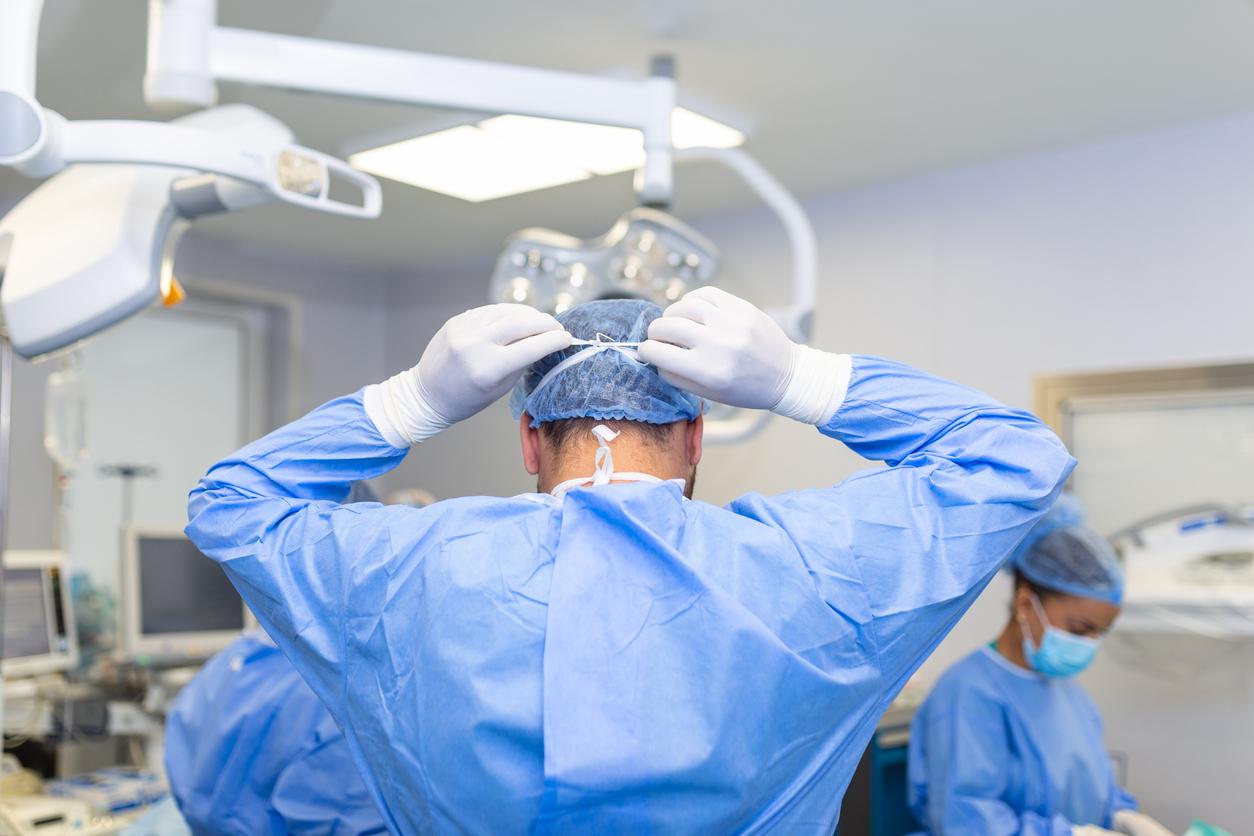The appendix is a small growth located in the abdomen, at the junction between the small intestine and the large intestine. The operation is necessary when there is inflammation.
Over the past fifteen years, the number of appendectomies has been considerably reduced with a 34% reduction in surgical procedures. It is mainly the use of medical imaging, in particular ultrasound and CT scan, which explains this positive development.
Appendicitis: when do you operate?
The main risk of appendicitis is the progression to perforation of the appendix then generalized peritonitis which is life-threatening. Mortality is 0.1% in uncomplicated forms and 1.5-5% in case of perforation of the appendix.
Also, each year around 80,000 appendectomies are performed in France. “We consider that there is appendicitis and that it is necessary to operate when and only when the diameter of the appendix exceeds 6mm” explains Professor Corinne Vons, coordinator of the outpatient surgery unit at the University Hospital of Bondy (93).
Often considered a “trivial” operation by patients, appendectomy is nonetheless a surgical act that can involve risks. The drama of the Claude Bernard hospital clinic in Metz (little Corentin died during an appendicitis operation following a perforation of the aorta and the liver) sadly reminds us.
Appendectomy: what are the risks?
As underlined by the High Authority of Health (HAS) “even if appendectomy is a common act, it can nonetheless lead to specific complications (peritonitis by stump release, postoperative abscesses …) and complications inherent in any act of abdominal surgery (phlebitis, pulmonary embolism, haemorrhage, infection at the level of the incision, the urinary catheter, a venous route, occlusion and intraperitoneal clamp …) “.
For the health authorities, the stake is therefore “the adoption of an appropriate diagnostic attitude which makes it possible both to reduce the risk of perforated appendicitis and to reduce the number of inappropriate appendectomies”.
In Metz, the hospital is the subject of two investigations, one judicial, the other administrative (conducted by the Regional Health Agency), so that the precise circumstances of the death of little Corentin are clarified.


















